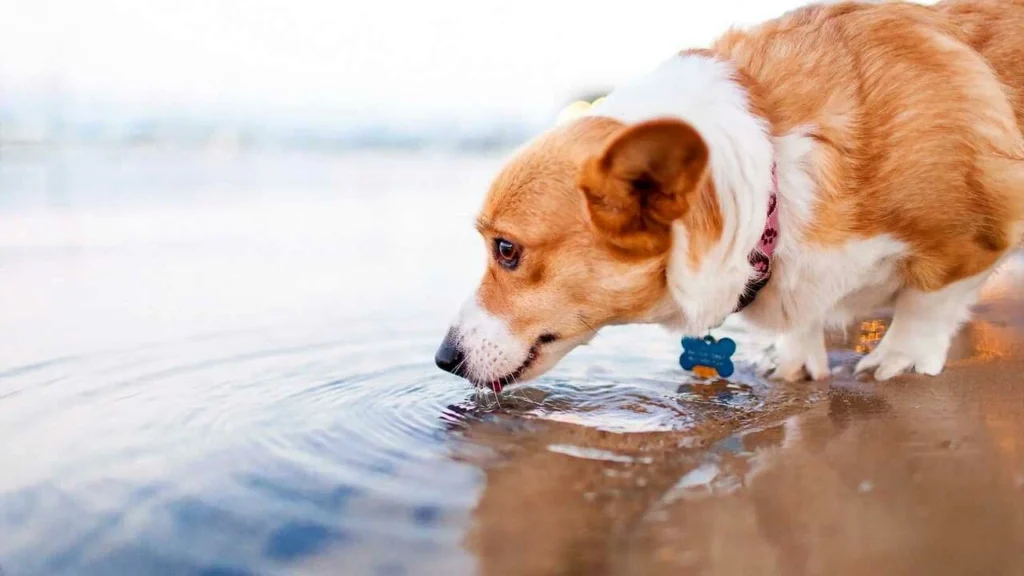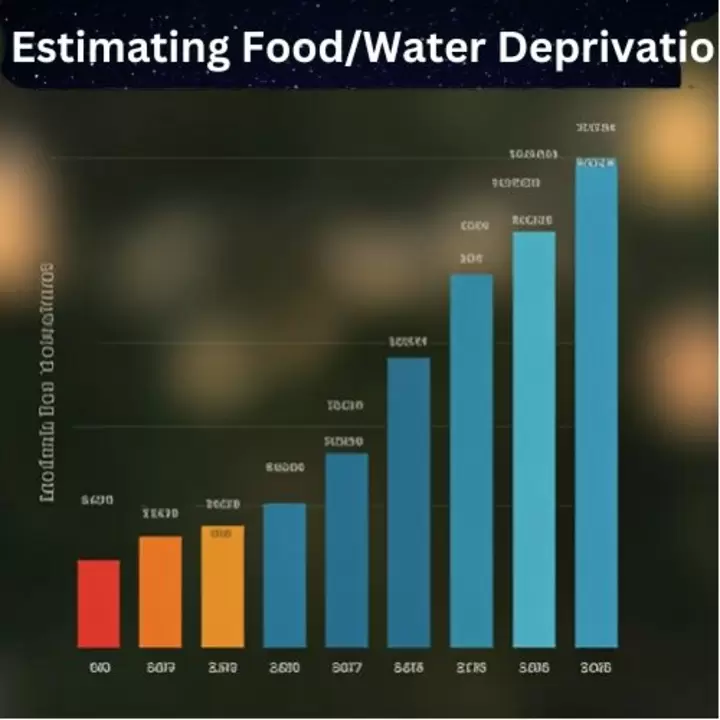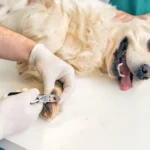Dogs are man’s best friend, but how long can they really last without something as essential as food or water? This is a question many dog owners wonder about, especially in regards to how long dog survive without food and water,? but don’t always know the full, nuanced answer to.
With their unwavering loyalty and unconditional love, it’s no surprise we want to do everything possible to care for our canine companions. Understanding their tolerance limits in an emergency situation can empower owners to act swiftly when instances arise that prevent access to a dog’s basic nutritional needs or survival without food and water.
There are many factors that determine an individual dog’s survival time when deprived of food or water. A dog’s age, overall health status, weight, breed traits, medical conditions, and activity level all play important roles in how long they can survive without food and water.
Simple guidelines stating all dogs can withstand 3 to5 days without eating or 1-3 days without liquids are an overgeneralization. The reality is far more complex.
Let’s take an in-depth look at each element influencing resilience to deprivation and how they interplay. Gaining thorough comprehension helps inform appropriate response for our pet’s wellbeing in trying circumstances beyond their control.
Though unpleasant to consider, armed with knowledge owners can make wise, potentially life saving judgments.
Age Matters Greatly for Dogs vs. Adults vs. Seniors
A dog’s age correlates directly to its ability to withstand the lack of critical sustenance. Similar to humans, the very young and very old of the canine kingdom are least equipped to deal with privation of food or fluids. Their bodies simply don’t contain the reserves or function as finely tuned machines yet.
Dogs Face Higher Risks
Neonatal dogs completely rely on mother’s milk for the first few weeks. Weaning occurs around 6 to 8 weeks when solids are gradually introduced. During this transition phase and into adolescence, lack of reliable access to calories or hydration puts growing pups at major disadvantage.
Their organ systems have not reached full maturation. Bones, muscles and body tissues are still developing rapidly. Puppies contain less stored body fat and moisture than mature dogs as well. Additionally, thermoregulation abilities emerge gradually as insulation fills out in hair coats. All of these factors heighten the precariousness of fasting or dehydration for juvenile canines.
Adult Dogs Best Equipped Normally
Once through puberty, the average healthy adult dog between 1to7 years demonstrates peak physical fitness and resilience. Having achieved full growth allows carrying extra padding that acts as an energy/fluid reserve. Organ function operates at optimal performance. Provided good prior conditioning, most adult mutts can hold out longer than other age brackets when necessary.
Seniors Decline More Quickly
As canine companions enter their golden years at 8+ years, gradual physical deterioration parallels aging seen in humans. Muscle mass, lean tissue and bone density decreases as arthritis and other conditions arise. Internal organs like kidneys less efficiently process toxins and waste.
Together, these changes correlate to diminished stamina facing problems such as lack of sustenance. Seniors succumb to issues faster than in their youth.
Baseline Health & Weight Amplify Differences
A dog’s condition before an emergency also strongly impacts tolerance for going without daily needs. Those already compromised weakly fare worse than hounds harboring surplus reserves. Balanced weight maintained through proper nourishment correlates to longer resilience.
Underweight Dogs Especially Vulnerable
Pups lacking sufficient stores from prior malnutrition cannot hold out as long as their healthier counterparts. Thin frames contain minimal body fat for energy sourcing. Undernourished dogs quickly crash from weakness upon missing even a single meal. They simply don’t possess the padding permitting fit dogs to temporarily fast.
Chronic Disease Severely Limits Ability
Companions suffering chronic disorders like diabetes, kidney disease, heart problems or cancer carry low odds surviving very lengthy fasts. Their bodies work harder just staying alive daily. Additional stress from not eating or drinking overtaxes weakened systems rapidly leading to dangerous declines. Urgent veterinary intervention is usually necessary if sustenance lacking for such pups.
Healthy Weight Boosts Endurance
Mutts at a weight considered ideal for their size/breed by vets contain a safety net that aids braving short term food/water lack. Excess body fat readily converts to ketones furnishing fuel when chowing down halts.
Healthy muscle mass too supports organ function and mobility during periods of privation. Together these factors lengthen what time frail canines could manage.
Genetic Inheritances Make Impacts
Besides attributes like size, dog breeds selectively bred for certain traits diverge in capacities enduring hardship. Working canines developed constitutions tolerating rougher conditions than lap dogs. Larger breeds tend faring better short term than tiny toy varieties.
Great Danes Outlast Chihuahuas Normally
Massive mastiffs store more energy and fluids in over 100 pound frames contrary to teacup toy breeds weighing mere pounds. Chihuahuas occupying the bottom of size charts run out of reserves swifter than St. Bernard or Newfoundland. Their mini statures allow less wiggle room enduring fasts or lack of fluids before facing health problems.
Herding Breeds Built Tough
Herding types like Border Collies developed hardiness tending livestock for generations. Their bodies evolved coping skills beyond lapdog lineages. Herders like Aussies consequently possess genetics permitting withstanding greater durations without eating/drinking in emergencies compared to Pekingese or Poodles not historically working demanding jobs.
Rare Exceptions May Surprise
On rare occasion, a little dog surprises by lasting longer than large breeds statistically predicted to outperform them. Individual animal variances and prior condition matter more than stereotypes. Still, genetic legacies give sizeable pups an edge tolerating sustenance absence on average. Understanding breed traits aids estimating survival likelihoods.
Estimating Food/Water Deprivation Times
Given the extensive influences diversifying dogs’ capacities, presenting single survival timeframe cutoffs proves imprecise. However, guidelines below factor in average breed sizes and health to approximate general expectations:
Without Food
- 3-5 days: Most healthy adult dogs
- 5-7 days: Large breeds over 50 lbs such as Labs and Goldens
- 3-4 days: Medium 25-50 lb mutts like Beagles and Corgis
- 2-3 days: Small under 25 lb pooches as Shih Tzus and Poodles
- 1-2 days: Toy breeds under 10 lbs including Chihuahuas
Without Water
- 1-3 days: Typical for average dogs before facing dehydration impacts
- Warning signs faster since water deprivation damages quicker than lack of calories
- Under 1 day: Very small, senior or ill dogs may show issues sooner
Monitoring for Changes
Staying vigilant spotting early indicators allows addressing problems promptly before critical decline. Look for lethargy, vomiting, pale gums, seizures, thickened eyelids and decreased activity levels. These signal potential need for rehydrating or refeeding with assistance from a vet.
Promptly Reacting in Emergencies
If unable attaining regular food or water for any reason, actions below optimize assisting dogs through short privations:
- Hydrate ASAP to quench thirst and sustain organs via small Pedialyte or electrolyte drink portions
- Hand-feed calorie-dense wet food versus dry kibble easier refused while unwell
- Monitor constantly for symptom changes necessitating swift vet care
- Call immediately upon noticing red flags like vomiting persisting over 6 hours
- Consult vet for instructions with animals showing signs more than 1 day or very high risk types
- Hospitalize if advised by doctors for fluid administration or nutritional support
With watchful oversight, most dogs pull through brief lapses in provisions given prior fitness. But intervention timing makes all the difference for those weakest prone to worsening rapidly. Emergency readiness puts owners in the best position helping beloved pooches.
Conclusion About How Can a Dog Survive Without Food and Water
In closing, while typical timeframes offer starting guidelines, survival potential varies tremendously case by case depending upon age, weight, health status and breed traits. Empowerment stems from deeper comprehension of factors shaping an individual dog’s risk. Owner knowledge cultivates quick, prudent responses preventing avoidable suffering should rare mishaps denying meals or liquids arise. Vigilance spotting early cues for assistance ensures furry family stay happy and healthy through life’s unforeseen hitches with our loving support.
FAQs
Q:How long do dogs live after they stop drinking water?
A: 72 hours
Q:What if my dog won’t eat or drink?
A: If your dog won’t eat or drink for more than 24 hours, it’s important to speak to your vet right away.
Q:How to cure a sick dog at home?
A:Give cooled, boiled water little and often

Hello! I am Methew Hills and I am from USA. I am a professional SEO content writer since 2018 and i am also a Teacher.










